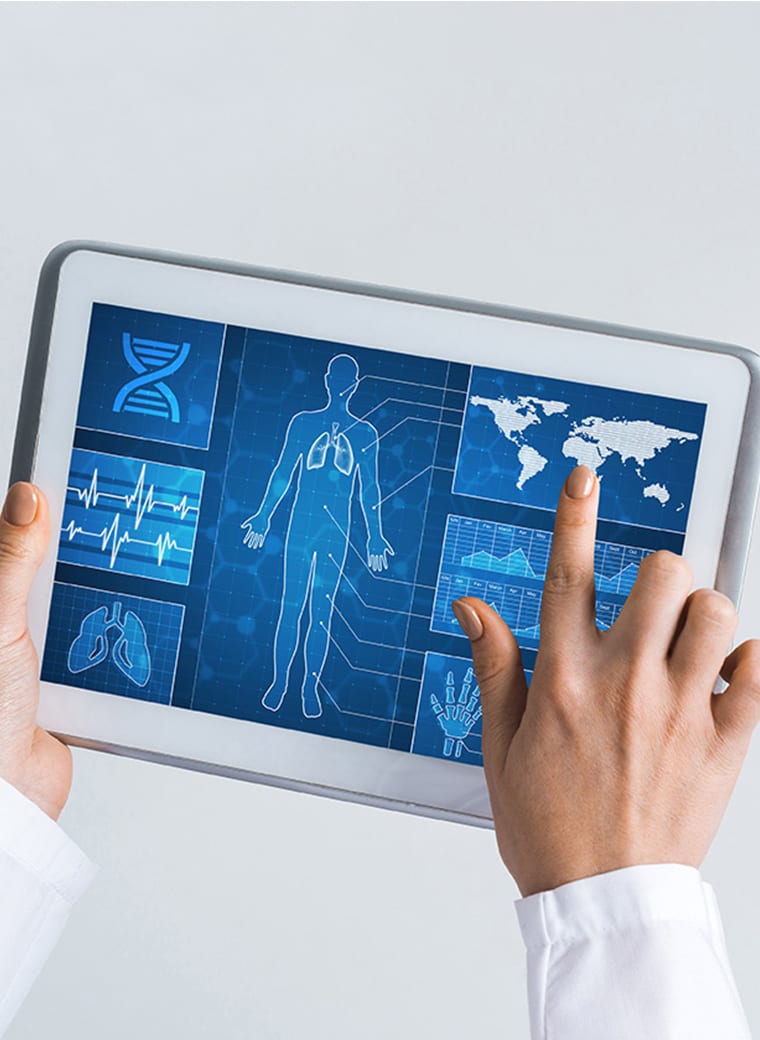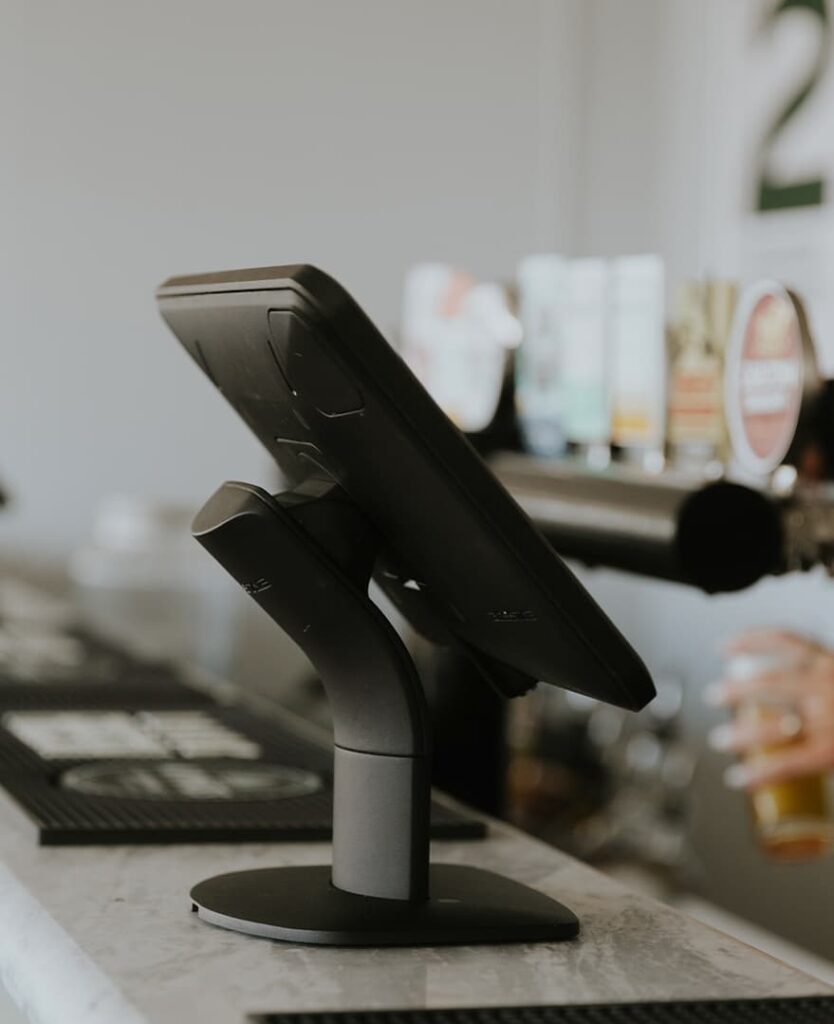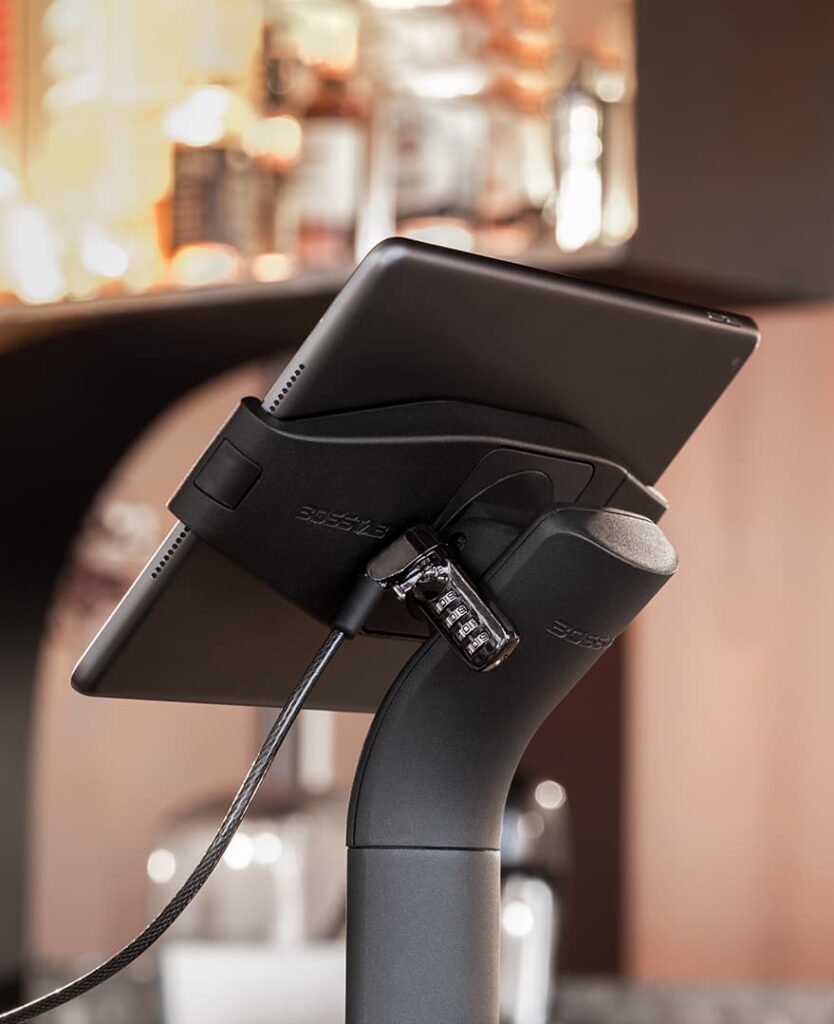Free shipping on all US orders over $100.
Cart totals
-
— or —
-
-
Support
How tablet technology is helping nurses and doctors
Used everywhere from hospitals to virtual health and general practitioner’s offices, tablets have the potential to revolutionise the way healthcare professionals do their jobs.
Two of the professions enjoying the very real benefits of tablet technology are nurses and doctors, who now have access to information on-the-go along with a research tool at their fingertips that can also allow them to virtually assess and liaise with patients.
Here are just some of the ways tablet technology is helping nurses and doctors.

Doctor’s rounds
As long ago as 2010, the benefits of mobile devices were being explored by doctors doing their daily hospital rounds.
Cult of Mac explains in hospitals like the MetroSouth Medical Center in Chicago, the iPad quickly became the tool of choice once doctors realized they could use the device to access hospital records.
“At least half of our staff here in the emergency room has their own iPad and carries it and uses it,” Emergency Room worker Dr Richard Watson said at the time.
The devices allow doctors to record patient notes, access up to the minute information and limit the need to double enter data.
All patient information is stored in one easily accessible destination, allowing a doctor to quickly access X-Rays, scans and test results without the need to physically carry these documents on their rounds.
Importantly, they can then show these scans or X-Rays to the patient. Meanwhile the tablets also act as a tool to research of find new information on-the-run.

Administering medication
In hospital settings, one of the major chores on every nurse’s to-do list is to administer medication. Here too the power of tablet technology is being employed.
Rather than reading and then updating charts, nurses are employing the handheld devices to dole out and record medication.
The tablets allow them to quickly assess when the last dose was taken, the amount prescribed and any allergies or changes to the patient’s condition.
They can even scan the medication barcode to ensure it’s the right amount and ascertain what dosage is required.
Outside the hospital setting, tablets are also proving invaluable for home care.
Again, having data stored on the Cloud and accessed via tablet allows home care nurses to quickly understand a parent’s situation, and make notes directly to the device.
This data can then be directly emailed to a supervisor or accessed via the Cloud, allowing immediate insight into how a patient is faring. In the interim, recording data into the system directly helps eliminate the risk of human error and removes the need for the double handling of data entry.
A recent study entitled “Nurses use of iPads in home care” also found patients responded favourably to the use of the technology, noting it seemed a natural asset to use, and offered a “symbol of professionalism”.

Home care
Outside the hospital setting, tablets are also proving invaluable for home care.
Again, having data stored on the Cloud and accessed via tablet allows home care nurses to quickly understand a parent’s situation, and make notes directly to the device.
This data can then be directly emailed to a supervisor or accessed via the Cloud, allowing immediate insight into how a patient is faring. In the interim, recording data into the system directly helps eliminate the risk of human error and removes the need for the double handling of data entry.
A recent study entitled “Nurses use of iPads in home care” also found patients responded favourably to the use of the technology, noting it seemed a natural asset to use, and offered a “symbol of professionalism”.

A human connection
Contrary to the belief technology may erode the human connection, in many medical instances it’s offering a vital human link, particularly when it comes to remote healthcare.
Tablets can allow medical practitioners to offer a virtual consultation during which they can see the patient and speak with them to better understand what’s ailing them.
Meanwhile, Tech Crunch recently cited a trial at Cedars-Sinai Hospital in Los Angeles which sees new parents utilise the iPad to FaceTime with sick or premature newborns.
“These babies need to be kept isolated from the outside world and the germs that come with it, so new parents aren’t usually able to see their baby for a few days after they are born.
“But, with what the nurses refer to as BabyTime (FaceTime for babies), parents can interact virtually with their little one while they wait.”









